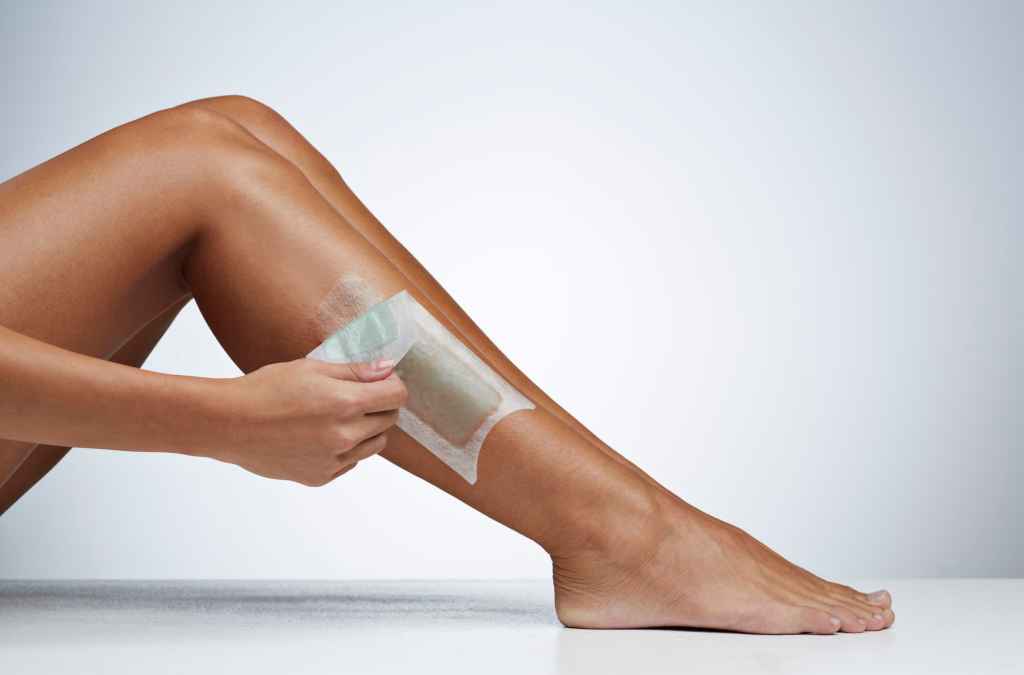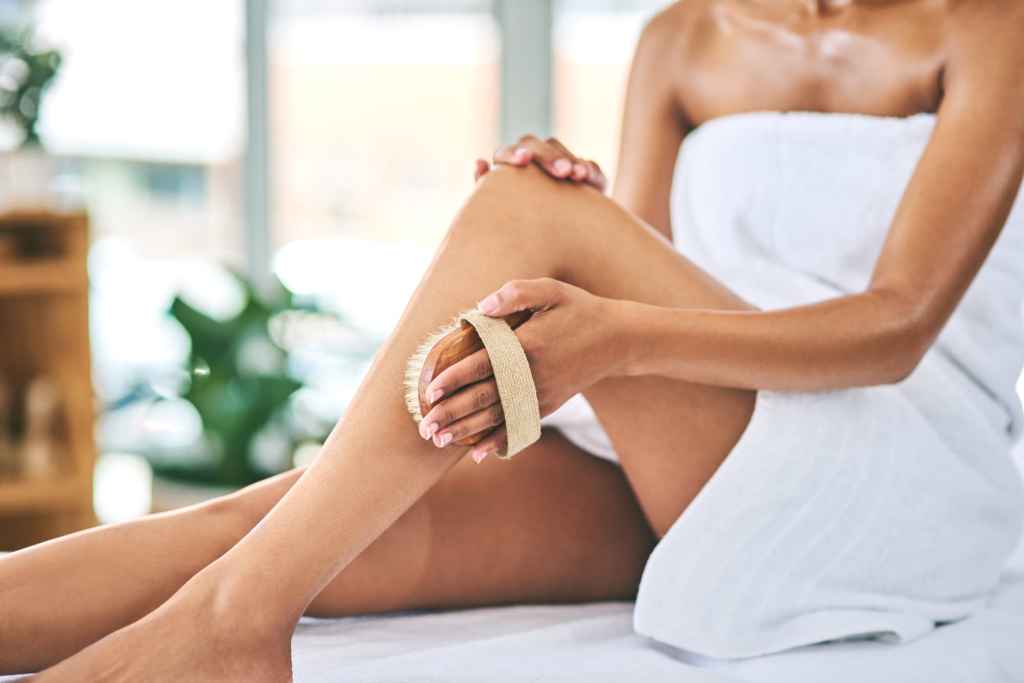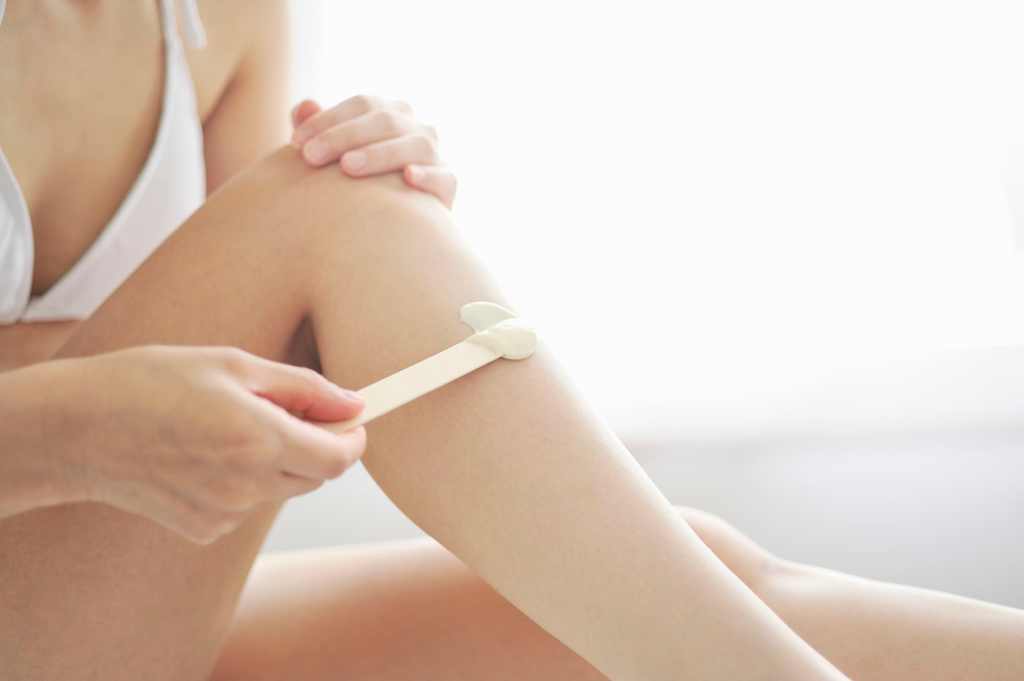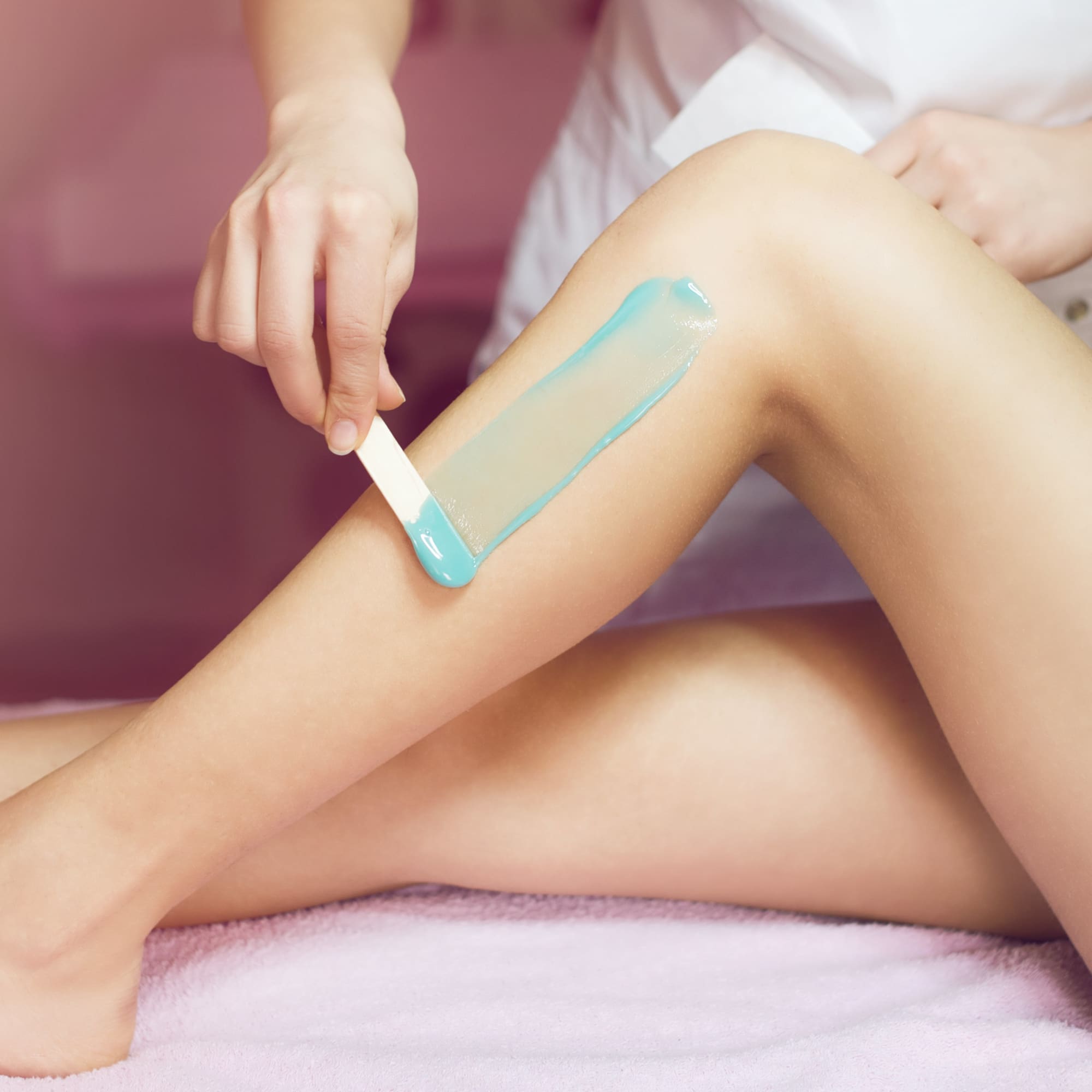
- POPSUGAR Australia
- Beauty
- At-Home Waxing 101: Here’s Your Ultimate Hair Removal Guide For Beginners
At-Home Waxing 101: Here’s Your Ultimate Hair Removal Guide For Beginners

So, you missed your follow-up waxing appointment. That’s OK. Before you find yourself sprawled out on the floor with at-home waxing strips and absolutely no idea what you’re doing, you should first read up on some tips and tricks from an expert. You need a strategy – especially if you’re a beginner.
There are a number of DIY waxing kits on the market to help you get started. Once you have your supplies, you’re ready to get down to business. But just like with professional waxing, there are a few rules and best practices you should know to ensure you don’t irritate your skin and to help you get the best possible hair removal results.
First-time waxers, listen up: Natalie Ismiel, brand ambassador and expert at Nad’s, is sharing everything you need to know on how to safely wax at home, ahead.
At-Home Waxing Tip #1: Find the Right At-Home Waxing Kit
There’s no shortage of at-home waxing kits and formulas on the market which makes finding the right one a little daunting. “If you are a first-time user, I recommend using a wax kit,” said Ismiel, like the Nad’s Natural Sugar Wax ($13). “It’s applied with a spatula, as opposed to ready-to-use wax strips.”
Kits give the user more control over where the wax is going on the skin and how thick it’s being applied, which she explained is essential when waxing coarser hair.
“Depending on the use, sugar can be used as a great exfoliator when used raw or mixed with honey, effectively removing dead skin cells from the body as a body scrub,” Ismiel said. “When melted or turned into molasses, it serves as the main component in wax formulas which helps grip onto the hairs for effective, yet gentle hair removal at home.”
Because sugar is also a natural humectant, it helps moisturize the skin and leaves it feeling smooth. Ismiel emphasized the importance of looking for natural formulas when shopping for a home waxing kit, without added colors, fragrances, and chemicals, to lower your risk of irritating the skin.
At-Home Waxing Tip #2: Prep the Skin For Waxing
Many of the same rules apply here as they do for professional waxing – exfoliate is key. “It’s important that your skin is clean and free of oils, dirt, and moisturizers,” said Ismiel. “A well-timed scrub has plenty of benefits. It removes dead skin cells that block the hair follicle (the cause of undesirable ingrown hairs). Exfoliating also boosts circulation, encourages cell regeneration, and improves skin tone and appearance.”
At-Home Waxing Tip #3: Treat Ingrown Hairs Before They Appear
As for those pesky ingrown hairs. This is an unfortunate side-effect of even the best salon waxes, but you can help minimize your chances of getting ingrown hairs by taking a few precautionary steps. Ismiel recommended applying a hot compress for 15 minutes a few times a day after you remove hair and exfoliating regularly – but only after your skin has healed from the wax.
At-Home Waxing Tip #4: Make Sure the Hair Is the Right Length
You have to grow out your hair in-between salon waxing appointments and the same goes for at-home sessions. “Hair needs to be a minimum of ⅛ inches long,” said Ismiel. “Trim hair to this length, if it looks longer.”
At-Home Waxing Tip #5: Read Instructions and Know the Proper Steps
Every waxing kit comes with a set of instructions printed on the box – read them. This will minimize your chances of mistakes and irritation. “Sometimes the pain can be caused by anxiety you may be feeling about waxing,” Ismiel said. “Relax your body and take deep breaths. Once you’ve done your first wax, you’ll find that every wax after that gets easier and less painful.”
At-Home Waxing Tip #6: Reduce Your Chances of Pain
If you’re worried about the pain, she recommended you not drink alcohol or coffee before waxing as it can make you more sensitive. “It’s best not to wax during your period, as you will likely be more sensitive and prone to experience discomfort,” Ismiel said. Certain oral prescriptions or using topical retinol can also increase your risk of irritation so, if you fall into either of those groups, consult with a professional before attempting to wax at home.
At-Home Waxing Tip #7: Be Careful When Tackling the Bikini or Brazilian Area
No surprise here – bikini and Brazilian waxes are the hardest to navigate at home, but not impossible. “Be sure that you are using a product that specifically states that it’s suitable for the bikini area, as these formulas are gentler to the skin,” said Ismiel. “Before waxing, find a position you are comfortable with and gives you good visibility.”
When you’re ready to get started, she recommended you work in small areas, and start from the outside and work your way in to the more sensitive areas. “If using a hard wax, let the wax cool on your skin for about 30 seconds until it is still soft and pliable but no longer sticky to touch,” said Ismiel. “If wax is left on the skin too long it becomes hard and difficult to remove (after approximately one minute).”
Now for the really not-so-fun part. “Hold skin taut with one hand and then lift the end of the wax with the fingers of your free hand,” said Ismiel. “Grip the wax and with one quick motion, remove the wax close and parallel to the skin in the opposite direction of hair growth.”
At-Home Waxing Tip #8: Avoid These Common Mistakes
Waxing at home is pretty straightforward but there are a few common mistakes to note. First, don’t try to re-use the same piece of wax twice or re-wax skin that is visible irritated; you can remove hairs that are left behind with tweezers. And if any wax residue is left on your skin after removal, use baby oil or wax removal wipes to clean it off, not water. “Finally, if you think you want to stick with waxing, do not shave in between, as any progress you’ve made with thinning and weakening hair re-growth will be lost,” said Ismiel.
At-Home Waxing Tip #9: Don’t Forget About Aftercare
Your hair removal routine doesn’t stop when you remove the last strip of wax. Immediately afterward, reach for soft, comfortable fabrics, like cotton, to ensure you don’t irritate newly waxed skin. “After 24 hours, it is crucial to exfoliate your skin every day to avoid ingrown hairs,” said Ismiel. “You should exfoliate at least three times per week to prevent ingrown hairs.” In no time, you’ll become a routine at-home waxer and be able to preform the hair removal process with ease.








